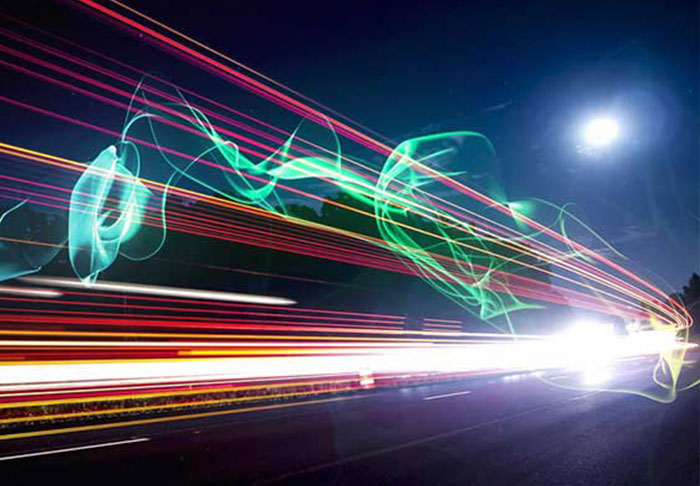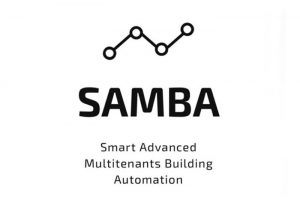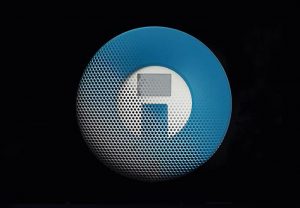The number of objects connected to each other multiplies dramatically every day, and at times there is a risk of defining Iot as what it is not, or that the sector is relegated to an imaginary still too far from everyday life. Instead, you don’t have to live in the house of Tony Stark and his Jarvis to deal with the Internet of Things. Traffic lights as well as stereo systems, irrigation systems, are those things that are now part of everyone’s everyday life. (wired source)
The network does not change objects only in their functionality, but improves them, because the applications can be constantly updated making the device always up to date even at a distance of time, compared to when it was purchased.An example of a more common Iot and maybe what you already have to deal with, is the simple smart tv, with a single touch you can play on your screen, a video that you were watching from your smatphone, without having to look for it again and sometimes, without even needing to turn on your TV first. Or the most modern kitchen machines, which always connect to our smartphone will allow you to cook a recipe directly from it, setting the programs and times without having to consult the now dated recipe books. In a nutshell, our smartphone has evolved over time, from a simple mobile phone to a universal remote control to control everything. A sceptre of power to how dangerous if placed in the wrong hands, and this does not necessarily mean the villain on duty ready to conquer the world, but also your 3-year-old who is playing there without knowing what trouble he is going to cause.
And these technologies are able to remember everything, our lifestyles, our habits, so that we can more and more personalize and adapt to every human being. But what if our Wi-Fi stops working, or there’s a technical fault on the line? Don’t worry, you can’t go back to the Stone Age in a moment, modern technologies are in fact providing a kind of storage via Cloud so that objects can continue to store data even with the absence of connection, and so that we can return to “as if nothing had happened” as soon as it decides to pardon us again of its omniscience. Leaving aside everyday life and returning to the field of “great things” we can see a practical example “in one of NASA’s robots on a Mars mission, which continued, even in the absence of a connection, to record the path data of the identified objects and then send them back immediately to the Cloud, as soon as possible.” (wired source) In short, there is no salvation from being always connected.
Miovision (an intelligent traffic management system) has already been installed in 28 cities in the United States, on a thousand intersections, smart traffic lights that reveal air quality and imminent collisions (warning pedestrians). Not to mention irrigation systems, which take into account the weather conditions to preserve and maintain a soil always in excellent condition at any time.
All this to say in essence that the Iot is only at the beginning of its already well-established and hopefully successful career but that the beginning is already here, and not in a distant future with indefinite contours. No longer a word used by experts or redefined in some articles for fans and sci-fi but a trail that spreads in the air, leaving a bit of itself everywhere, from our smartphones to refrigerators, and that becomes part of our daily lives.




